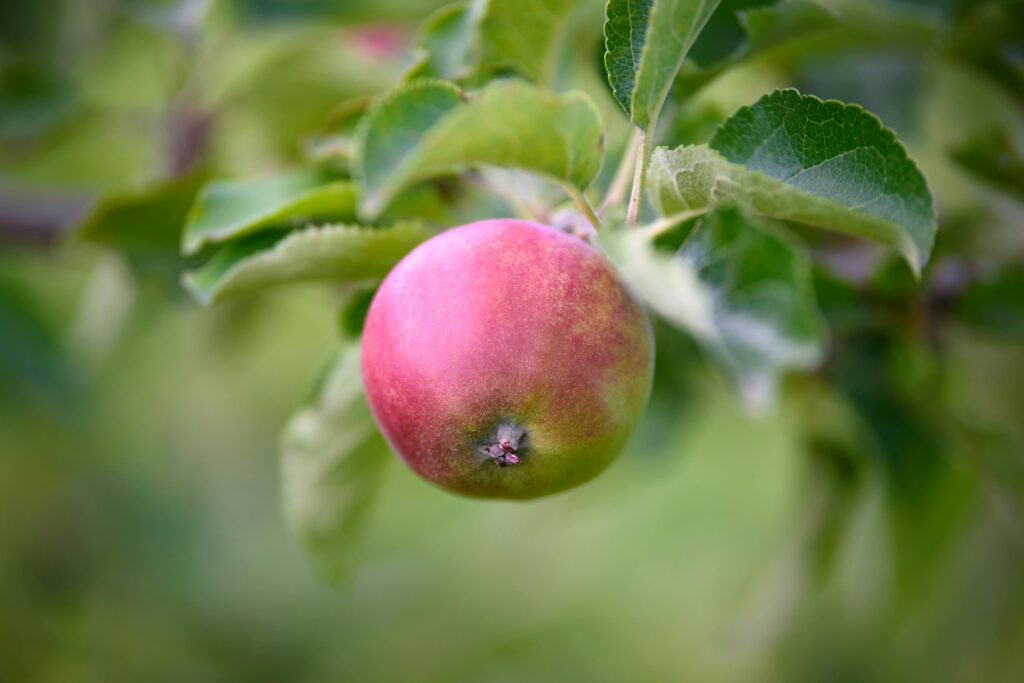
The 15 Climate Actions
Here are a few words about each of our action areas. Visit the Resources page to find posters, documents and guides to each action.

1. Declaring a climate emergency
If there’s a problem, we must acknowledge it, and name it first. That then makes sure we’re on the right path to doing something about it. A bit like a health condition: pretending it’s not there is never going to end well … see it, name it, then make a plan!

2. Managing our greenhouse gases
Patients with respiratory disease are one of the most vulnerable groups when it comes to the effects of climate change – heatwaves, cold weather and air pollution all lead to poorer respiratory outcomes.
It’s important we provide good asthma care by firstly ensuring we have the right diagnosis and optimise disease management, so patients are experiencing no or minimum symptoms. By choosing the right device we can not only improve symptoms but can also reduce the impact on the planet. Many patients can use dry powder inhalers and changing patients from MDI (gas cannister inhalers) can be a win-win.

3. Controlling our carbon footprint
A carbon footprint measures the total greenhouse gas emissions from running an organisation. Knowing where your carbon emissions come from in your practice is the first step to managing them. It will identify hotspots and help you plan actions to reduce emissions.
The free non-clinical carbon calculator for GPs is available here:

4. Optimising our energy
Knowing how and where your energy is being used in your practice is the first step to managing it. All energy prices are increasing, yet few practices have the time to think about managing it better. Your building will be telling you, in rooms that are too hot, or too cold, in doors and windows that are draughty, and in staff that struggle when the temperature isn’t conducive to working well. You can manage your energy and bring your carbon, and your costs, down. And our Energy Audit Programme could be just what you need to start.

5. Greening our banking
Ethical banking provides reassurance that your assets and investments are being used for good and won’t be contributing towards the inappropriate use of fossil fuels, tobacco, arms and bad labour practices. Changing your bank can be 21 times more impactful than changing your diet, your energy, and your travel, combined.

6. Optimising our prescribing
Pharmaceuticals have a significant carbon impact. There are plenty of options which allow practices to embrace deprescribing. Medication reviews are a good way to ensure patients aren’t stockpiling excess medication at home. Several practices rethink their inhaler policies. Social prescribing improves patient health, reduces carbon emissions and costs of medication, and often enables climate and nature action within the local community.
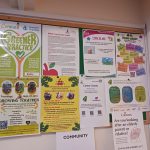
7. Engaging our patients
Taking action on climate and nature is an opportunity to talk to patients about all the things we can do, all the ways we can improve our own health at the same time as improving planetary health, and crucially, what the practice is doing to help. Start the conversation.
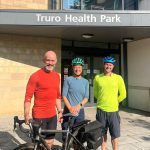
8. Activating our travel
Think of the number of feet that come through your practice front doors. Now imagine what would happen if more and more of those feet were arriving on bikes, and in buses, not cars. Imagine the positive impact on patient health; on air quality; on congestion; on the car parking spaces for those who need it. Imagine. Why don’t we use our very buildings to encourage and enable staff and patients to get active, get healthier and get climate positive?
Join our Good Move network to find out more and share good practice

9. Reducing, reusing and recycling
Waste and recycling are often the first thing people think of when they want to act; and it’s the first thing staff and patients expect their practice to be doing if it really takes climate and nature seriously. We all recycle at home and should be doing the same, if not more at work.
Recycling is our last option. It uses energy and has other environmental impacts. We need to reduce, and re-use, as much as possible, and then recycle what remains. We support practices to replace disposable items with reusables, such as tourniquets and coil fitting equipment. Reviewing procurement policies and making small changes can save money as well as resources.
Join our Waste Watchers network to find out more and share good practice.

10. Toolkits for change
We encourage all general practices to use the Green Impact for Health Toolkit. It’s a great way to see what you’re already doing, and what to do next. Each action you complete you gain points, and these build up to awards (Bronze, Silver, Gold, Platinum and Diamond).
If you’re a community Pharmacy, have a look at the new Royal Pharmaceutical Society Greener Pharmacy Toolkit. Use the Toolkit to start your self-accreditation journey towards a sustainable pharmacy. By following the simple and achievable steps outlined in the toolkit, you can work towards creating a greener, more sustainable workplace.
Join our Green Impact & Greener Pharmacy Toolkit Tune-ups.
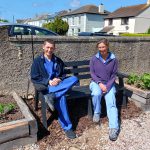
11. Green spaces for health
Green spaces for health offer so many benefits. Staff benefit from breaks in welcoming outdoor areas, while patients can rest, reflect and learn about growing and ecosystems. Even the smallest of green spaces support biodiversity through pollinator-friendly planting and improved soil health and water management.
There is a growing ‘String of Green Pearls’ across Cornwall that started with a small sensory garden at Stennack Surgery, St Ives. These “Green Pearls” range from a couple of welcoming benches and some planters to full blown permaculture community gardens, with lots more happening across our hospital and health sites in secondary care
Join our String of Green Pearls network to find out more and share good practice.

12. Food for people and planet
Our food choices can have a huge impact on our health and the planet. What we eat, how it’s grown, where it’s grown, and who grows it, are deeply intertwined with human and planetary health.
This means enabling staff and patients to get involved in projects that connect people to each other, to the land, to the soil, to the outside, and to health. The co-benefits are astonishing: better mental health, better physical health, better skills, better social connection, better nutritional knowledge, better diet, better habitat, better community. They can keep us well and help us recover from illness faster. Our community food enterprises are our collective immune system.
The WellFed programme is an example of this approach in action.
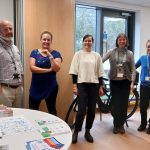
13. Connecting with communities
As surgeries, practices and health care centres, we are right in the middle of our community, its organisations, citizens, spaces and priorities, so its valuable to deliberately work on the issue of health creation, climate and ecological resilience. With the NHS transition to more health care provision happening at place, in local communities, rather than in acute hospitals, building relationships with community organisations is crucial. The Primary Care Climate Resilience Team, working with the Volunteer Cornwall Community makers, are already strengthening this link, often through the Community Hub Network.

14. Learning and leading
Enabling people to act on health creation, climate and nature is all about inspiring people to feel they can, and they know how, and that they are not alone.
It means learning and then sharing the learning. Our networks (link to page) are a catalyst for sharing good practice and learning.
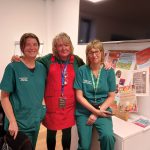
15. Advocating for health creation
To advocate means to speak up, speak up on behalf of, and to speak forward, towards a new idea. Everything we do is kept secret if we don’t talk about it; everything we do is amplified and made more powerful if we speak up – speak up about the issue of health creation, climate and nature and speak up on behalf of those who will be hit first and worst by climate impacts.